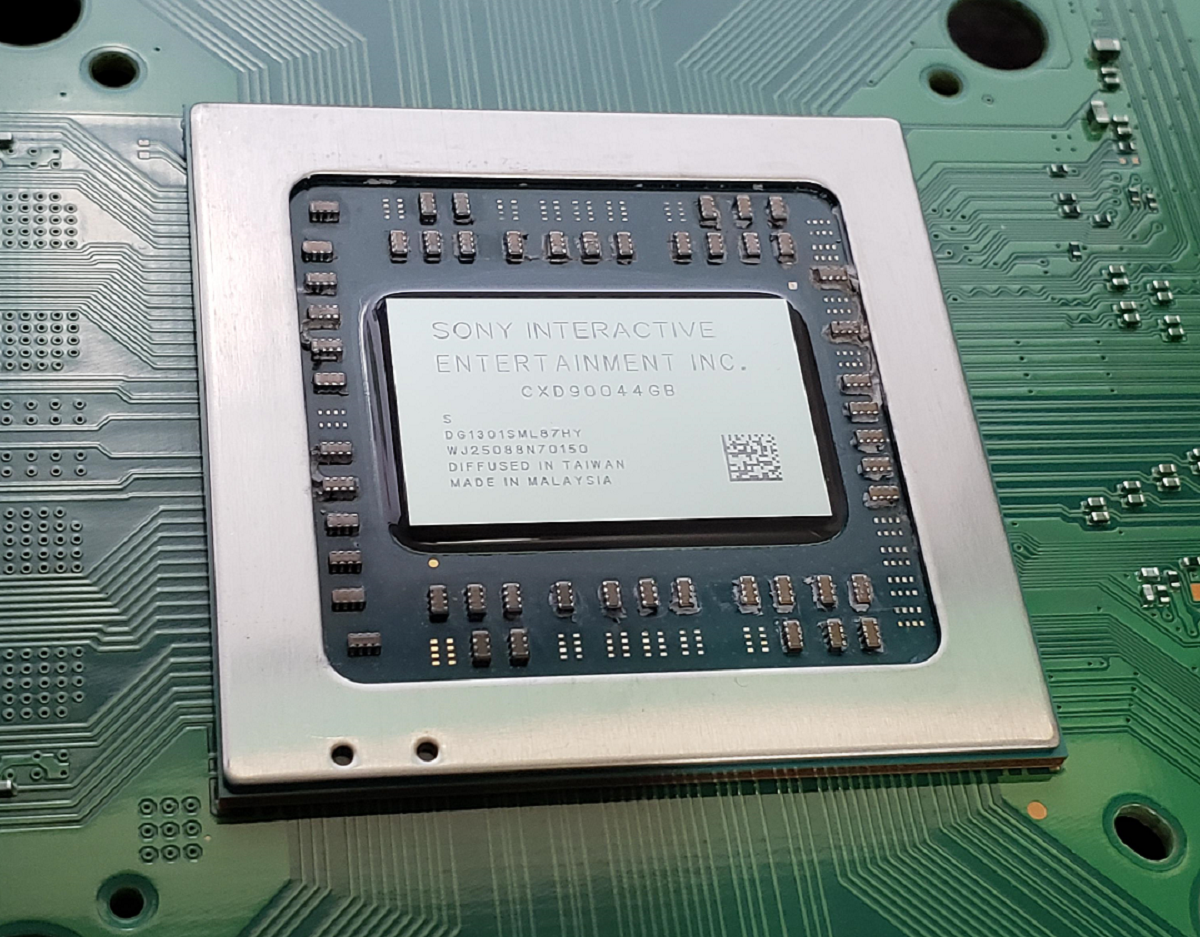Here is a chunk from the DF article that I think will make some people understand what the PS5 is doing a little bit better:
On March 18th, Sony finally broke cover with in-depth information on the technical make-up of PlayStation 5. Expanding …

www.eurogamer.net
Feedback from developers saw two areas where developers had issues - the concept that not all PS5s will run in the same way, something that the Model SoC concept addresses. The second area was the
nature of the boost. Would frequencies hit a peak for a set amount of time before throttling back? This is how smartphone boost tends to operate.
"The time constant, which is to say the amount of time that the CPU and GPU take to achieve a frequency that matches their activity, is critical to developers," adds Cerny. "It's quite short, if the game is doing power-intensive processing for a few frames, then it gets throttled. There isn't a lag where extra performance is available for several seconds or several minutes and then the system gets throttled; that isn't the world that developers want to live in - we make sure that the PS5 is very responsive to power consumed. In addition to that the developers have feedback on exactly how much power is being used by the CPU and GPU."
Mark Cerny sees a time where developers will begin to optimise their game engines in a different way - to achieve optimal performance for the given power level. "Power plays a role when optimising. If you optimise and keep the power the same you see all of the benefit of the optimisation. If you optimise and increase the power then you're giving a bit of the performance back. What's most interesting here is optimisation for power consumption, if you can modify your code so that it has the same absolute performance but reduced power then that is a win. "
In short, the idea is that developers may learn to optimise in a different way, by achieving identical results from the GPU but doing it faster via increased clocks delivered by optimising for power consumption. "The CPU and GPU each have a power budget, of course the GPU power budget is the larger of the two," adds Cerny. "If the CPU doesn't use its power budget - for example, if it is capped at 3.5GHz - then the unused portion of the budget goes to the GPU. That's what AMD calls SmartShift. There's enough power that both CPU and GPU can potentially run at their limits of 3.5GHz and 2.23GHz, it isn't the case that the developer has to choose to run one of them slower."
"There's another phenomenon here, which is called 'race to idle'. Let's imagine we are running at 30Hz, and we're using 28 milliseconds out of our 33 millisecond budget, so the GPU is idle for five milliseconds. The power control logic will detect that low power is being consumed - after all, the GPU is not doing much for that five milliseconds - and conclude that the frequency should be increased. But that's a pointless bump in frequency," explains Mark Cerny.
At this point, the clocks may be faster, but the GPU has no work to do. Any frequency bump is totally pointless. "The net result is that the GPU doesn't do any more work, instead it processes its assigned work more quickly and then is idle for longer, just waiting for v-sync or the like. We use 'race to idle' to describe this pointless increase in a GPU's frequency," explains Cerny. "If you construct a variable frequency system, what you're going to see based on this phenomenon (and there's an equivalent on the CPU side) is that the frequencies are usually just pegged at the maximum! That's not meaningful, though; in order to make a meaningful statement about the GPU frequency, we need to find a location in the game where the GPU is fully utilised for 33.3 milliseconds out of a 33.3 millisecond frame.
"So, when I made the statement that the GPU will spend most of its time at or near its top frequency, that is with 'race to idle' taken out of the equation - we were looking at PlayStation 5 games in situations where the whole frame was being used productively. The same is true for the CPU, based on examination of situations where it has high utilisation throughout the frame, we have concluded that the CPU will spend most of its time at its peak frequency."
Put simply, with race to idle out of the equation and both CPU and GPU fully used, the boost clock system should still see both components running near to or at peak frequency most of the time. Cerny also stresses that power consumption and clock speeds don't have a linear relationship. Dropping frequency by 10 per cent reduces power consumption by around 27 per cent. "In general, a 10 per cent power reduction is just a few per cent reduction in frequency," Cerny emphasises.
It's an innovative approach, and while the engineering effort that went into it is likely significant, Mark Cerny sums it up succinctly: "One of our breakthroughs was finding a set of frequencies where the hotspot - meaning the thermal density of the CPU and the GPU - is the same. And that's what we've done. They're equivalently easy to cool or difficult to cool - whatever you want to call it."
There's likely more to discover about how boost will influence game design. Several developers speaking to Digital Foundry have stated that their current PS5 work sees them throttling back the CPU in order to ensure a sustained 2.23GHz clock on the graphics core. It makes perfect sense as most game engines right now are architected with the low performance Jaguar in mind - even a doubling of throughput (ie 60fps vs 30fps) would hardly tax PS5's Zen 2 cores. However, this doesn't sound like a boost solution, but rather performance profiles similar to what we've seen on Nintendo Switch. "Regarding locked profiles, we support those on our dev kits, it can be helpful not to have variable clocks when optimising. Released PS5 games always get boosted frequencies so that they can take advantage of the additional power," explains Cerny.





